
As a talent development professional, and self-declared talent trend geek, I have read countless books, white papers, articles, and research summaries on the art and science of leadership and employee engagement. But even my favorite podcast pearls and TedEx titans can’t keep up with what we are seeing in the world of work today.
In this era of the Coronavirus (COVID-19) pandemic, what it means to live, work, lead and contribute as part of the business community has been fundamentally, perhaps permanently altered. Since March 2020, businesses, large and small, have been closed or limited in their operations, and even the remaining essential workers have had to radically adjust to new protocols.
“…what does returning to work [in this new environment] mean for executives, managers and their teams learning to function in a dramatically changed environment? If they are like many leaders …they are exploring and experimenting…blending creative imagination with technical know-how.”
Now, as each state cautiously rolls out a phased return to public life, businesses are spending countless hours figuring out how to implement what the U.S. Chamber of Commerce calls a National Return to Work Plan. They, along with local governments are exploring the major implications of returning to work in this environment. They are grappling with workplace safety, employee rights and wellbeing, liability concerns, and continued revenue disruptions, just to name a few.
What does this mean for executives, managers and their teams learning to function in a dramatically changed environment? If they are like the many leaders I have been speaking with, they are deeply entrenched in what Walt Disney called Imagineering. They are exploring and experimenting…blending creative imagination with technical know-how.
On the technical front, an abundance of resources is emerging to help business owners/stakeholders untangle the web of considerations. It’s a little like looking at a computer motherboard. Every decision affects another circuit in the system. I, for instance, read the CDC’s May 2020 Guidance for Businesses and Employers Responding to Coronavirus Disease. While it only took me 30 minutes to read the online page itself, it contained 77 hyperlinks and 1500 reference documents. All this before leading me to the CDC’s Resuming Business Toolkit – another 86-bulleted checklist.
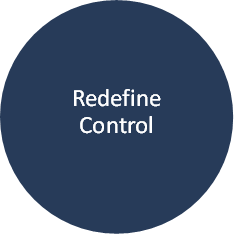
Given the likelihood that leaders are referencing equivalent online guidelines from other national and industry sources, I think there is no doubt, the first drastic behavior change for leaders is: Redefining Control.
Just as the National Institute of Occupational Safety and Health aims to control hazards to protect workers, leaders may need to redefine their own hierarchies of control from a management perspective.
I can imagine re-defining some of the CDC controls in these ways
- Elimination: Remove everything but the priority focus areas.
- Substitution: Replace old management habits that don’t work anymore.
- Engineering: Reimagine systems for the new normal.
- Administrative: Change people processes.
- Personal: Learn to Influence in new and different ways.
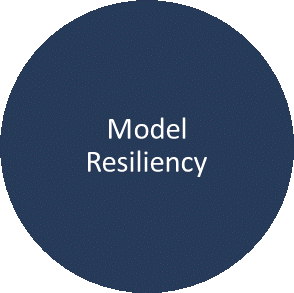
With all the variables in play for leaders and employees, the whole idea of Resiliency will take on a new meaning. Clearly it is resiliency to manage the business framework, as Ernst & Young suggests. But it’s also resiliency with people. What are teams experiencing in this new era?
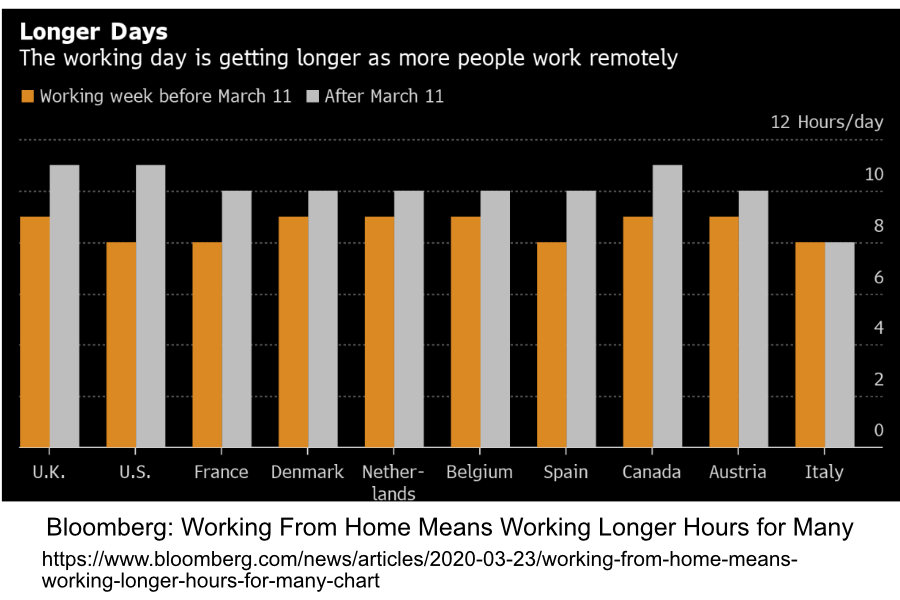 Just one of many examples is the impact current and future remote work has on employees. A recent Bloomberg study showed that U.S. remote workers have logged on for an additional three hours per day compared to patterns seen before March 11 — a 40% jump. Everyone reacts differently to this kind of workplace upheaval. We respond based on our work styles, available social support, financial situation, health, living environment, and many other factors. This is where Disney’s call for creative imagination comes into play. How managers model and build resiliency into the new cadences of work will determine their success in creating a viable, post Covid19 workplace.
Just one of many examples is the impact current and future remote work has on employees. A recent Bloomberg study showed that U.S. remote workers have logged on for an additional three hours per day compared to patterns seen before March 11 — a 40% jump. Everyone reacts differently to this kind of workplace upheaval. We respond based on our work styles, available social support, financial situation, health, living environment, and many other factors. This is where Disney’s call for creative imagination comes into play. How managers model and build resiliency into the new cadences of work will determine their success in creating a viable, post Covid19 workplace.
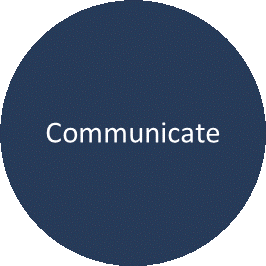
Along those same lines is the manner in which leaders show up as crisis managers. New variables such as health checks, social distancing, confidentiality, or even stigma, are all driving leaders to revisit their principles in a world where, as Korn Ferry puts it, “perform” becomes “survive”. The way in which leaders address concerns around personal comfort, information and procedural implementation is not just a matter of preference. It is a choice that stands to drive what their business culture looks and feels like in a pandemic-changed world.
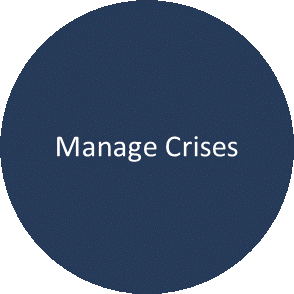
As with most calls for leader behavior change, once principles and processes are in place, it all comes back to communication. This time requires all leaders to take a radical look at their presence, language, transparency in thought and practice. Never has it been more important to show up “the right way, at the right time, with the right information”, as a Bain & Company article puts it. Reflecting on the book Leadership in Turbulent Times, by Pulitzer Prize–winning historian Doris Kearns Goodwin, the Bain brief suggests that communicating with a combination of deep-seated purpose and authenticity will give managers the ability to lead through times of fracture and fear.
In the frenzy of policies, procedures, toolkits and checklists, I’m rooting for every leader to find the space to develop the human outreachplan that will make all the difference for themselves and the teams they lead.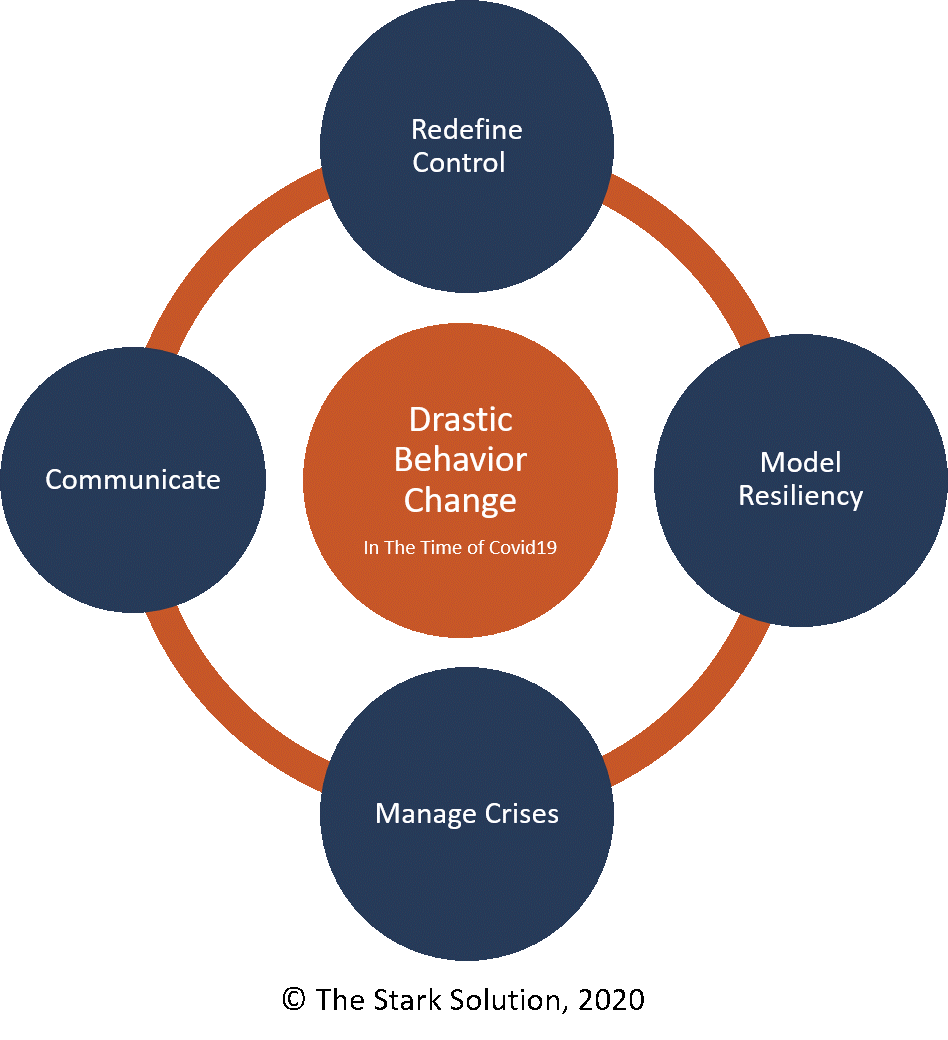
Sources:
- Image: How are organizations around the world responding to COVID-19?: People Matters: May 2020: https://www.peoplemattersglobal.com/article/c-suite/how-are-organizations-around-the-world-responding-to-covid-19-25072
- US Chamber of Commerce: Implementing a National Return to Work Plan; Memo from Suzanne Clark, President, U.S. Chamber of Commerce, April 13, 2020; https://www.uschamber.com/coronavirus/implementing-national-return-to-work-plan
- Quotetab: Walt Disney http://quotetab.com/quote/by-walt-disney/theres-really-no-secret-about-our-approach-we-keep-moving-forward-opening-up?source=opening-up
- CDC: Interim Guidance for Businesses and Employers Responding to Coronavirus Disease 2019 (COVID-19), May 2020; https://www.cdc.gov/coronavirus/2019-ncov/community/guidance-business-response.html
- CDC: Resuming Business Toolkit: https://www.cdc.gov/coronavirus/2019-ncov/community/resuming-business-toolkit.html
- NIOSH: Hierarchy of Control https://www.cdc.gov/niosh/topics/hierarchy/default.html
- EY COVID-19 Enterprise Resilience Framework: https://www.ey.com/en_us/covid-19
- Bloomberg: Working From Home Means Working Longer Hours for Many https://www.bloomberg.com/news/articles/2020-03-23/working-from-home-means-working-longer-hours-for-many-chart
- Korn Ferry: Leading in a Crisis: https://www.kornferry.com/content/dam/kornferry/docs/pdfs/covid_leading-in-a-crisis.pdf
- Bain & Company: Coronavirus: How to Be the Leader Your People Need Right Now https://www.bain.com/insights/coronavirus-how-to-be-the-leader-your-people-need-right-now
- The Stark Solution, Radical Behavior Change in the Era of Covid19., June 2020



